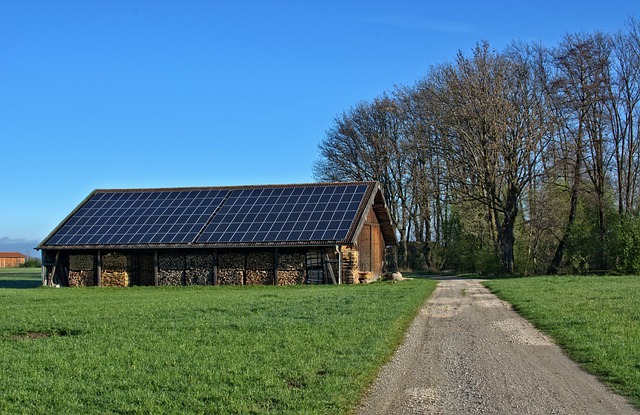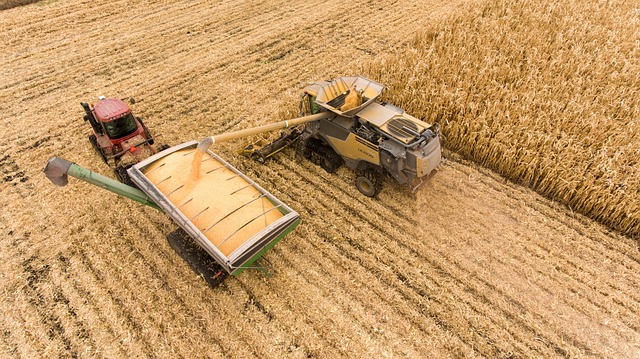The landscape of agriculture is continuously evolving. Beyond conventional large-scale farming, a wealth of alternative programs are taking root, offering innovative approaches that benefit both the environment and communities. These initiatives often emphasize sustainability, local connection, and resilience, addressing challenges that traditional models sometimes overlook. Let’s delve into how these alternative paths are paving the way for crucial advancements in transport sustainability and driving vital rural development.
Transport Sustainability through Alternative Agriculture
One significant impact of alternative agricultural programs lies in their inherent connection to transport sustainability. Consider the journey of your food. In conventional systems, produce often travels vast distances, racking up significant carbon footprints from trucks, planes, and ships. Alternative models, however, frequently prioritize localized production and consumption.
Examples include:
- Community Supported Agriculture (CSA): Members receive produce directly from a local farm, drastically reducing the travel distance from field to table.
- Farmers Markets: Bringing producers and consumers together in one local spot minimizes the need for individual trips to multiple distant retailers and consolidates farm-to-market transport.
- Urban Farming & Peri-urban Agriculture: Growing food closer to population centers cuts down on long-haul transportation altogether.
- Emphasis on Seasonal & Regional Foods: Encouraging consumption of what can be grown locally reduces reliance on importing out-of-season goods from far away.
These models create more efficient, shorter supply chains. Reduced transportation demand leads to lower fuel consumption, decreased greenhouse gas emissions, and less wear and tear on infrastructure. Furthermore, smaller, more frequent local deliveries or direct farm pickups replace large, energy-intensive long-haul logistics.
Driving Rural Development
Alternative agricultural programs are also powerful engines for rural development. As conventional farming often consolidates and mechanizes, it can sometimes lead to a decline in rural populations and economies. Alternative approaches offer diverse opportunities that can revitalize these areas.
How they foster development:
- Job Creation: Smaller-scale, diversified farming often requires more labor per acre than monoculture. Processing, marketing, and direct sales also create local jobs.
- Economic Diversification: Beyond staple crops, these programs might include agri-tourism, specialty products (artisan cheeses, craft beverages, value-added foods), or on-farm experiences, providing multiple income streams for rural residents.
- Keeping Money Local: When consumers buy directly from local farms, more of their money stays within the community, circulating and supporting other local businesses.
- Community Building: CSAs, farmers markets, and farm-to-school programs foster stronger connections between farmers and consumers, building a sense of community and shared identity rooted in the local food system.
- Preserving Working Landscapes: Supporting alternative agriculture can help keep farmland in production, preserving the rural character and open spaces that are vital to the identity and ecology of these regions.
By fostering localized economies, creating diverse jobs, and strengthening community ties, alternative agricultural programs build resilience and prosperity from the ground up in rural areas. They represent a sustainable path forward, connecting the health of the land with the well-being of its people and the efficiency of how goods move.




